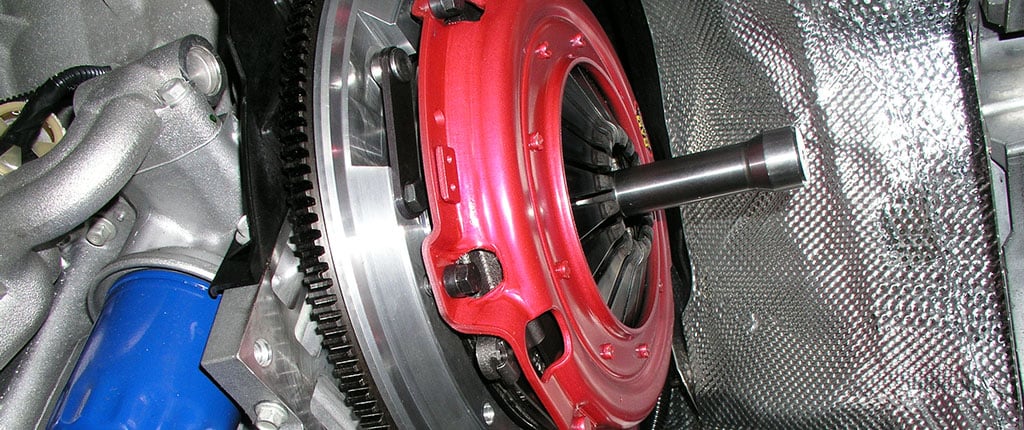Over my 38 years of selling clutches, it seems I would have seen just about every possible mistake that can be made on an install, and then someone out there pops up and surprises me! Many of these may seem painfully obvious to you, but it can’t hurt to review!
- Installing the Clutch Disc Backwards
Often I wonder how this is even possible, yet we receive returned discs for alleged warranty that are virtually turned inside out bent when a customer tries to put the disc in backwards. When you have the flywheel installed on the engine, lay the clutch disc up on the flywheel and rotate it some. It must sit flat the flywheel and not be contacting the flywheel bolts as you rotate it. It the disc does not sit flat, make sure you have it in correctly, or stop until you figure it out. - Using Power Tools to Tighten Down the Clutch Cover
This is a huge no-no and written in every instruction sheet RAM has ever provided. Tightening down the cover puts a load on the clutch cover flange since you are pulling it down against the pressure of the diaphragm or coil springs. Using powered tools can cause this flange to become bent, which in turn will leave the fingers uneven once the clutch is fully tightened down. This can cause extreme clutch chatter. - Tightening the Cover Bolts Down All the Way at One Time
Another way to damage the flange of the clutch cover is to tighten the bolts down completely in one shot instead of in a star-shaped pattern. This can damage the flange and cause the fingers to sit unevenly. Tighten the cover bolts ONLY with hand tools, and use a star-shaped or crisscross pattern, a few turns at a time, just like torquing your wheels in place. - Improper Release Bearing Adjustment (mechanical or cable linkage)
Setting the proper release on your clutch is very important – not only initially, but periodically going forward. A mechanical linkage should be adjusted for minimum release; that is only enough release that the clutch will disengage cleanly for shifting. This will result in a pedal lower to the floor and leave maximum freeplay. As the clutch disc wears, the fingers of the clutch will get taller, and if you have the bearing adjusted too close, it could ultimately unload the clutch fingers and not let the plate put its full load on the disc. This will cause undue slippage and wear. - Not Resurfacing the Flywheel Before Install
“The flywheel looked pretty good so we just went ahead and installed the clutch.” I can’t tell you how many times I’ve heard this. No matter how good the surface may look, if you want the new clutch to seat properly it needs a fresh friction surface to seat against. Otherwise it would be like installing new brake pads and reusing the old rotors. - Changing Out Only the Clutch Disc
Obviously the clutch disc is the part of your system that will physically wear the most. Changing only the disc is setting yourself up for problems. As the clutch, disc and flywheel wear in, the surfaces build a taper that the clutch disc will conform to. If you install only a disc, it is going to make contact on just the outer edges and will never properly seat. Ultimately this will cause premature slippage and most likely will also chatter on takeoff.

